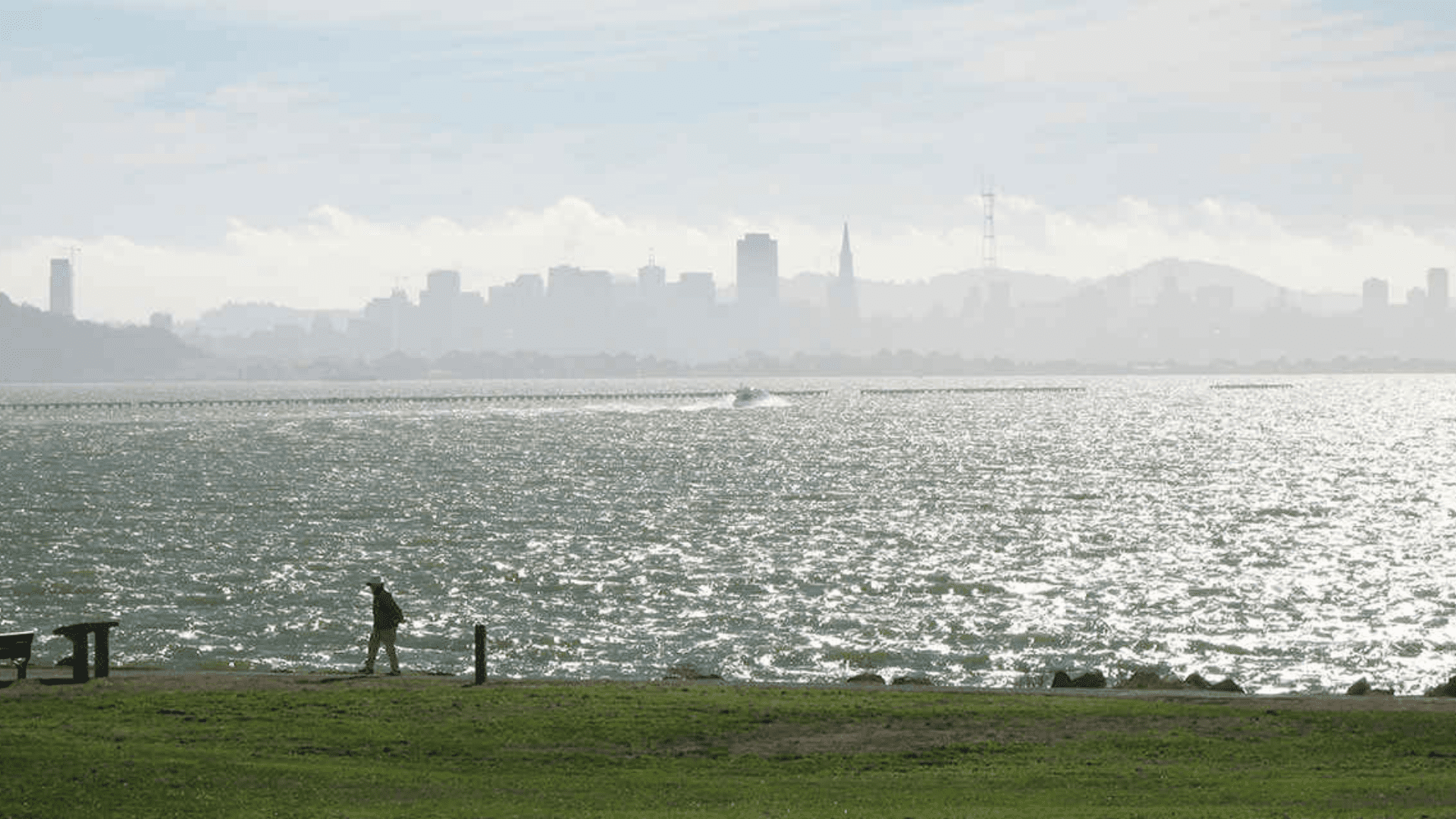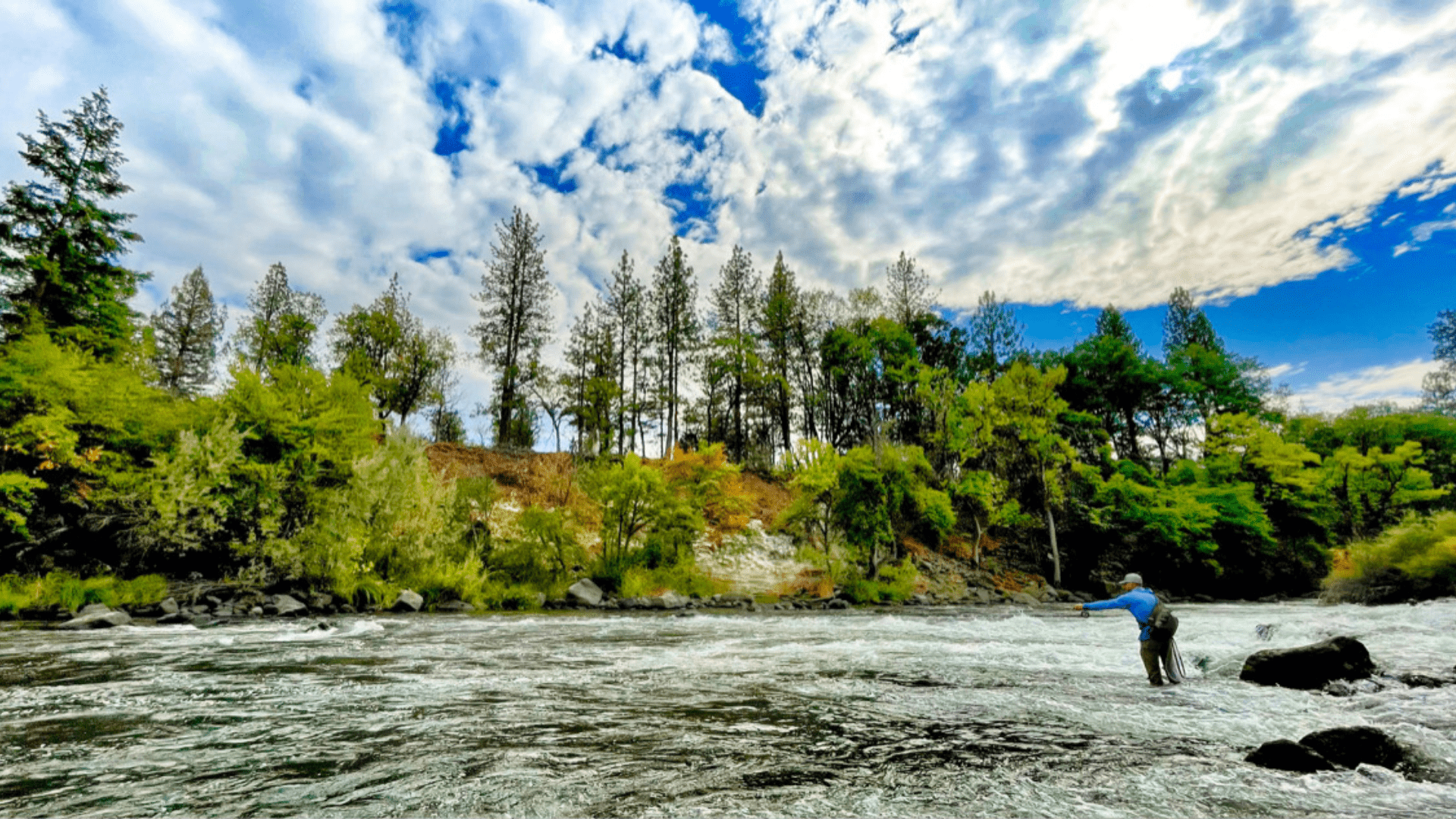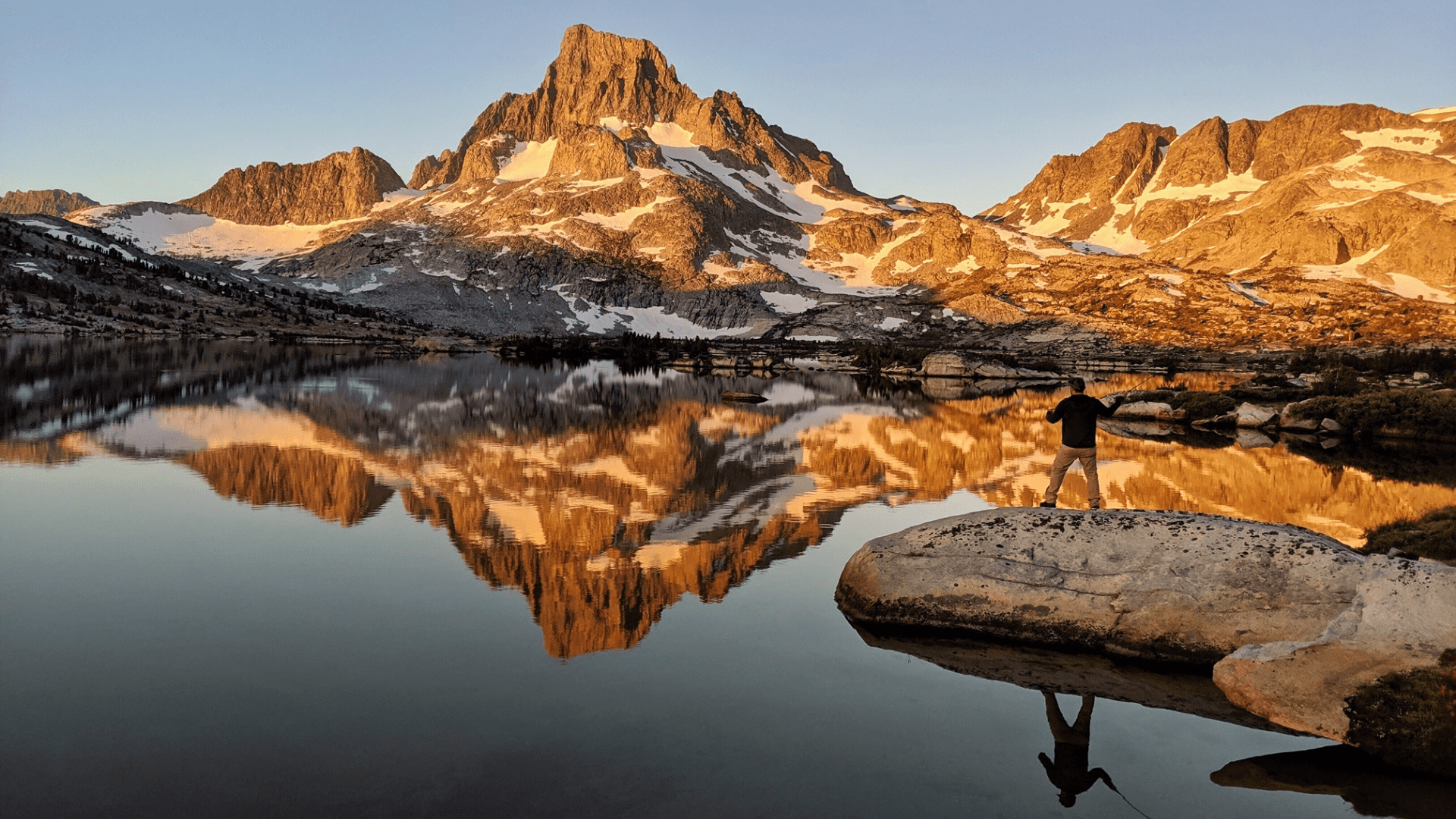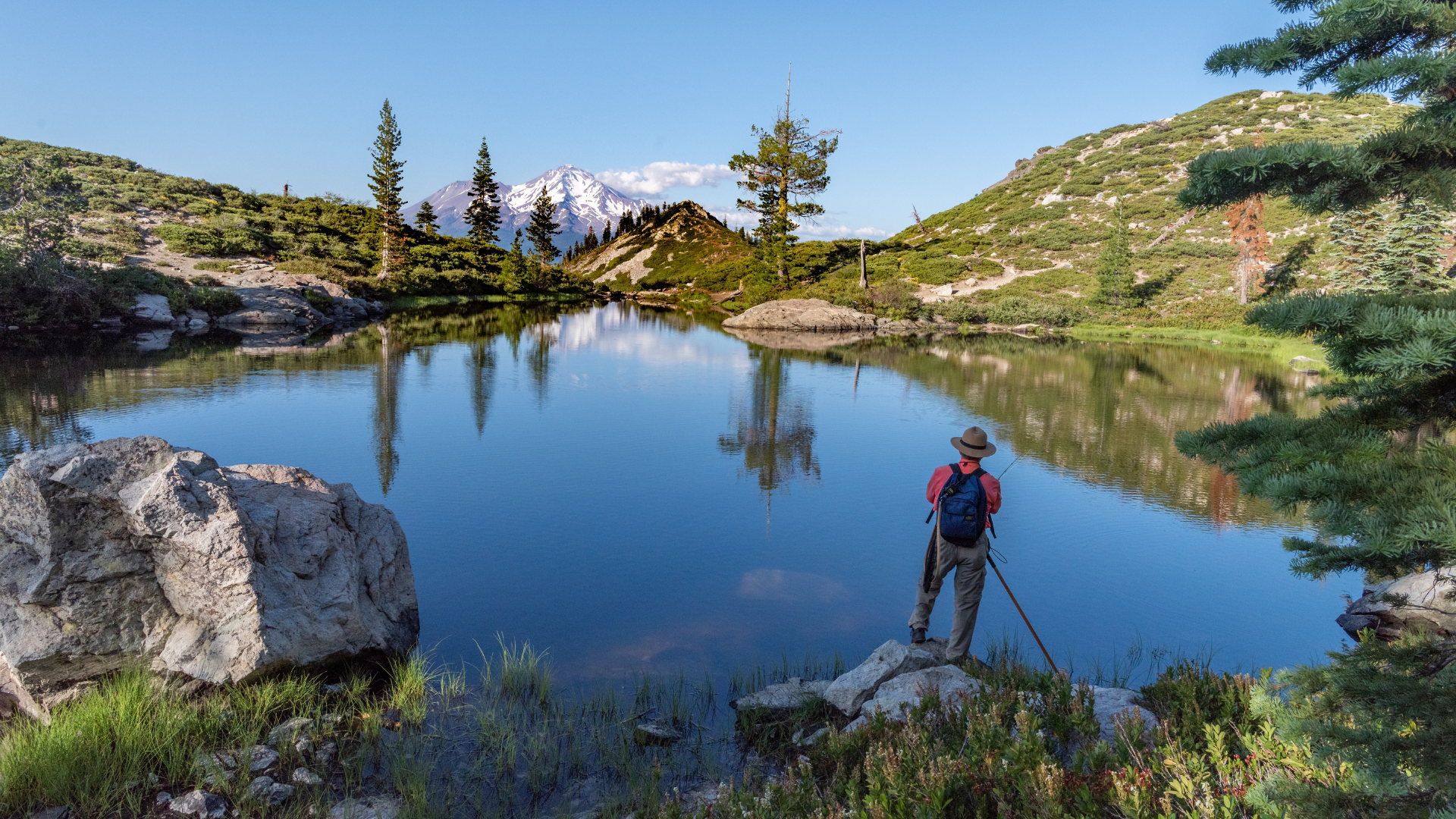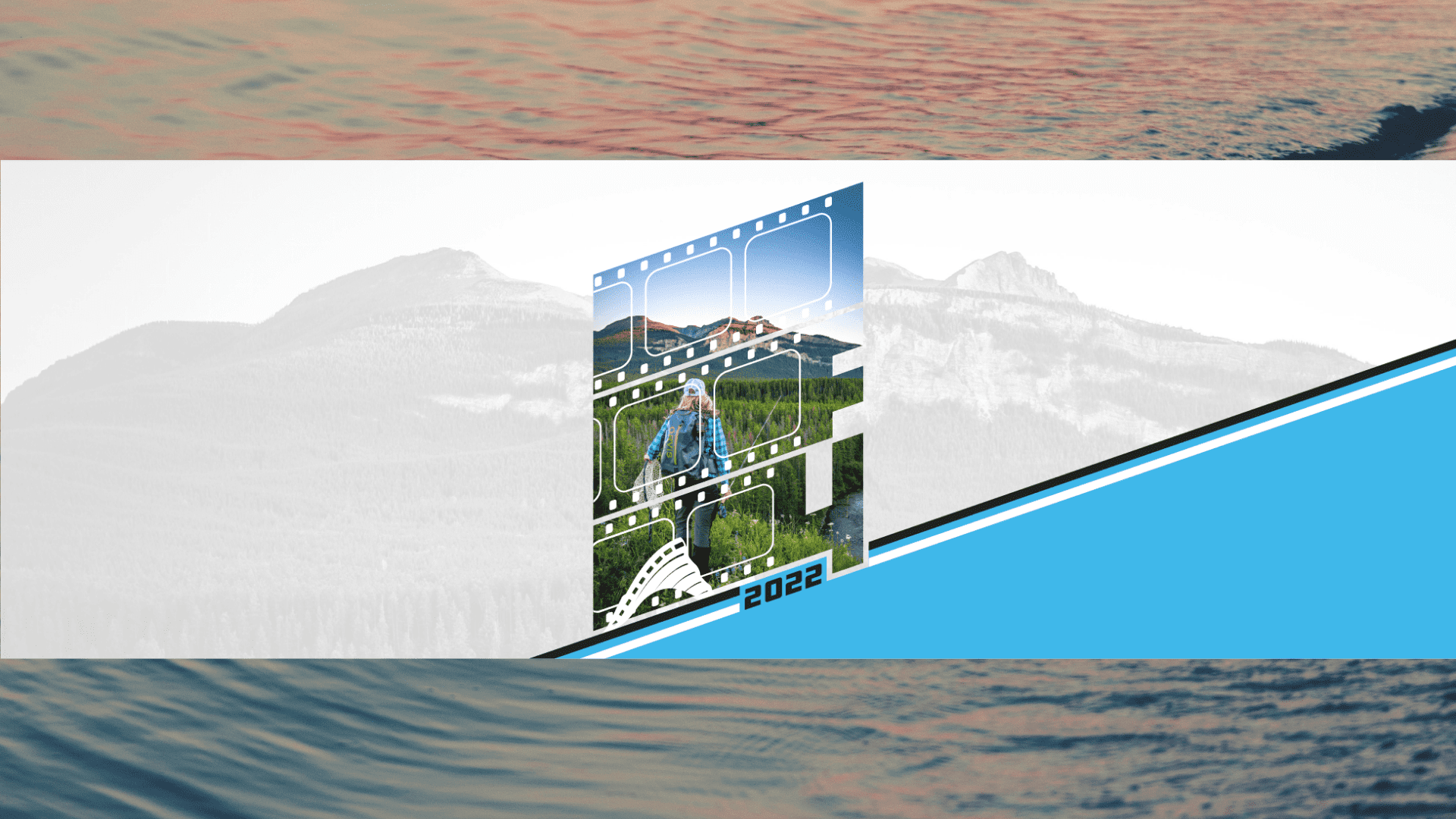
Amy Merrill, Ph.D., Interim Director of American Rivers’ California program
About American Rivers:
Rivers are life, and life needs rivers. At American Rivers, we believe a future of clean water and healthy rivers everywhere, for everyone, is essential. Our mission is to protect healthy rivers, restore damaged rivers and conserve clean water for people and nature. We combine national advocacy and on-the-ground projects to have the biggest possible impact for rivers and people. www.americanrivers.org
Cover Photo: Phil Reedy

We share with California Trout a deep commitment to working landscapes that—when managed well—are good for the economy and river health. Additionally, we’re both committed to getting things done, taking action, and producing results; it’s why we make such great partners. Rivers supply most of our drinking water, so they are vital to our health. They are the lifeblood of ecosystems, supporting fish, birds, and wildlife. Rivers are where we go to fish, hike, paddle, explore, and reconnect with the natural world, each other and ourselves.
Background photo: Mike Davis
When rivers are dammed, polluted, diverted, and/or degraded, their ability to support life diminishes significantly. Our work is urgently important, as we feel the impacts of climate change on our rivers, water supplies, and communities in which Black, Latino, Indigenous, and communities of color are disproportionately threatened.
In California, we are living with the impacts of climate change as seen by increasing drought, floods, and fires, making equitable solutions for healthy rivers and watersheds even more critical to our health, safety, and well-being now and into the future.
Complicating our water crisis, we have overengineered and over-tapped our surface and groundwater resources. Our work in California is focused on equitably increasing the resilience of our rivers and watersheds to the ever-increasing threats of climate change and from a long history of maladaptive management. Our programs include ecologically-based forest fuel management through the portal of river health and habitats. In the Central Valley, we work with community-based organizations, farmers, and local planning agencies to reconnect people and floodplains, helping to restore our majestic and overworked San Joaquin and Sacramento Rivers and tributaries to the California Delta.
Here's a closer look at three important California programs:

Dam Removal
American Rivers has partnered with CalTrout and others over the past two decades for the removal of the four dams on the Klamath River. Now, demolition is set to begin in 2023 – in what will be the biggest dam removal and river restoration project in history. There are also scores of other dam removal opportunities across the state. California needs all of our dams assessed and evaluated. We are scaling our dam removal work in California to work with our partners, like CalTrout, to assess and prioritize dams across the state where removal is needed. At the same time, we’re putting our weight behind additional near-term dam removals in California.
We know dam removal works; it revitalizes fish and wildlife, reconnects communities, improves public safety, and enhances recreation.
Background Photo: Mike Wier
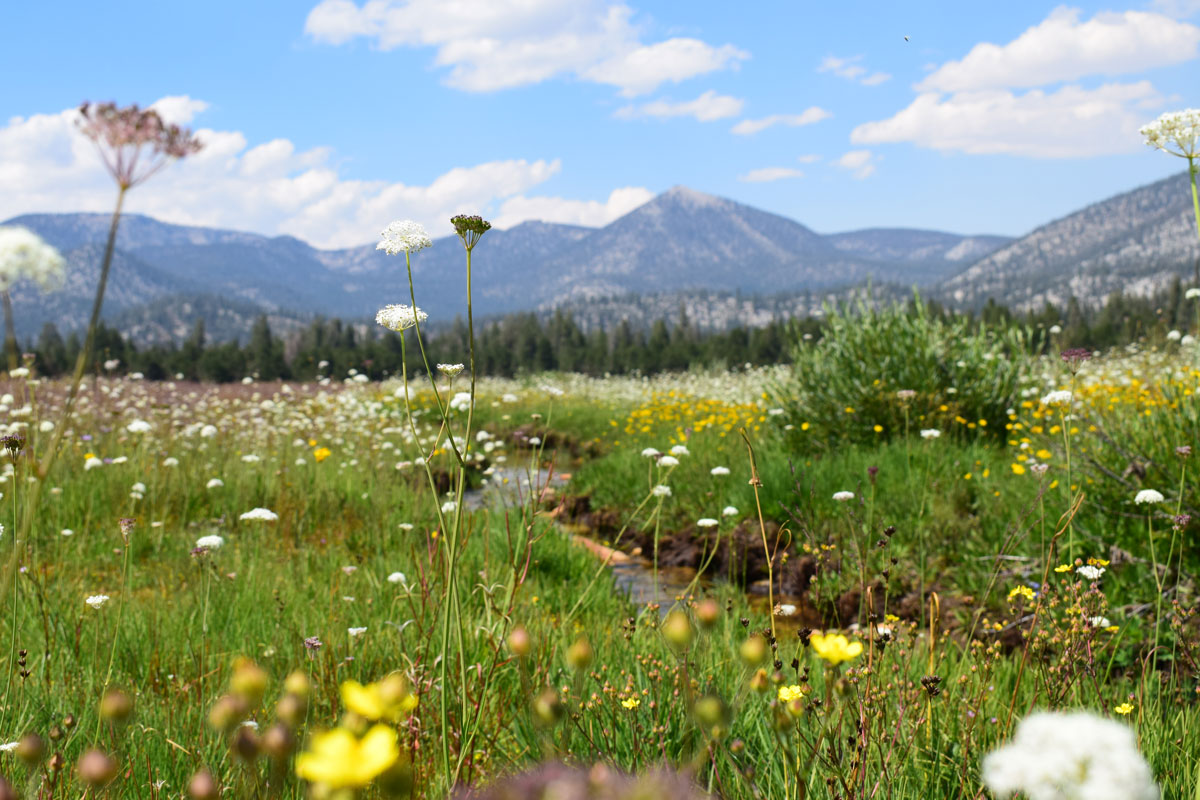
Headwaters Restoration
The watersheds of the Sierra Nevada provide water for 65% of Californians, as well as critical habitat for fish, birds and other wildlife. American Rivers takes a multifaceted approach to protect the headwaters of these vital watersheds, integrating river restoration and ecological forest management to protect downstream watersheds. We restore rivers in mountain meadows that act as important natural infrastructure to store and filter water. We are a founding partner of the Sierra Meadows Partnership, of which CalTrout is involved in as well. The Partnership is a regional collaborative whose goal is to restore 30,000 acres of meadows by 2030, and already we are nearly halfway there. We also pursue strategic fuel reduction projects that protect rivers from wildfire impacts. We are working to articulate potential increases in carbon storage with meadow restoration and to elevate the understanding and awareness of the important link between fire and river health. Learn more.
Background Photo: Devin Hibler

Central Valley River Access
Only 5% of our natural river wetlands remain from history, and we are currently leading multiple river-floodplain habitat restoration projects in the Central Valley and Delta to help recover and protect our native species and to reconnect local communities with their rivers. We also know that when the cities in Central Valley flood, it is the poorest communities who are often flooded. We recently launched an innovative program to identify the most flood prone areas that include the most vulnerable communities. Based on these findings, we are expanding our work with community-based partners to learn about community needs from the river and, where and how appropriate, to help restore the floodplain and provide safe community access to the rivers of the Central Valley.
Background Photo: Daniel Nylan
California Leadership
Our California River Council is comprised of academic, water, science, philanthropic, and community leaders who share our love of rivers and mission to protect and restore them. They work closely with our conservation and philanthropy staff to strengthen our network of support and provide valuable advice and leadership.
How to Get Involved
Join the movement for healthy rivers in California and across the country. You can sign up for alerts and updates to stay informed and engaged. Consider becoming a member and join our community of generous supporters. And you can also organize a river cleanup which is a great way to give back to your community.

About the Author:
As the Interim Director of the California program since May 2020, Amy’s expertise includes riparian and wetland ecology, monitoring and restoration, carbon cycling and sequestration. Amy oversees the California program for American Rivers, where her team restores and protects rivers in the Sierra Nevada headwaters and the great rivers of the Central Valley and the California Delta.
Amy received her M.S. in natural resources management and ecology at the University of Michigan at Ann Arbor, and her Ph.D. in wildlands management and ecology at the University of California at Berkeley.
Her favorite river is the Mokelumne, from its headwaters in the Central Sierra to where it joins the San Joaquin River in the Delta.







